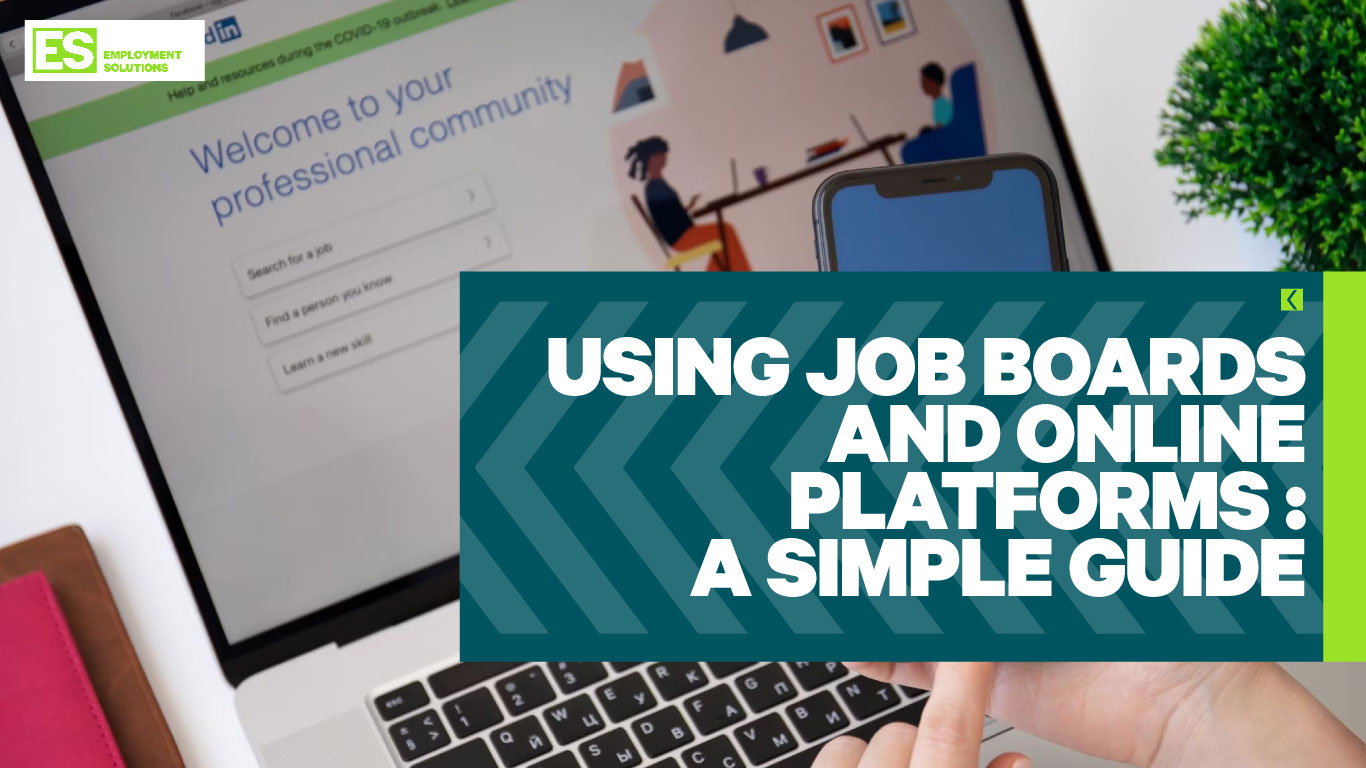Job searching has come a long way. While we no longer rely solely on newspaper ads or handing out CVs in person, today's job hunt is all about making the most of online job boards and platforms like LinkedIn, Indeed, and specialist sites. But there’s more to it than simply applying for jobs—you need to use these tools effectively, and with the help of AI, the process can be even smoother. Here are some simple tips to help you maximise your chances.
1. Keep Your Profile Up to Date
On platforms like LinkedIn, your profile is often the first thing a recruiter will see. With AI-driven tools now being used by many recruiters, it's even more important to ensure your profile is up to date. AI can scan profiles quickly to match you with jobs, so make sure you include your latest work experience, skills, and any key achievements. A professional photo can also help you stand out.
Similarly, on job boards like Indeed, upload a current CV that’s clear and concise. AI-powered algorithms might scan your CV for relevant terms, so having an organised layout with clear headings is crucial.
2. Be Selective About Where You Apply
Different platforms cater to different job types. LinkedIn is excellent for professional networking and higher-level roles, while Indeed offers a wide range of job listings. If you're in a specialist field, niche job boards could be the best fit, and some of these sites use AI to recommend jobs tailored specifically to your skills and experience.
3. Use Keywords to Stand Out
AI plays a big role in helping employers find candidates by scanning profiles and CVs for keywords. To ensure you appear in relevant searches, include important industry-specific terms in your profile and applications. For example, if you're looking for an engineering role, make sure to mention specific skills or software you’re proficient in.
But balance is key—don’t overload your CV with keywords, as AI can spot keyword stuffing and may penalise it.
4. Set Up Alerts and Notifications
Most job platforms allow you to set up job alerts, and many now use AI to personalise these recommendations based on your previous searches and applications. This means you’ll receive notifications for jobs that are a better fit for you, helping you stay ahead of the competition.
5. Tailor Your Applications
AI tools are often used to scan CVs and cover letters before they reach a human recruiter. This means it’s essential to tailor each application to the job description. Highlight the most relevant skills and experience to increase your chances of passing through AI filters. While it might take a bit more time, it can make all the difference.
6. Engage on LinkedIn
LinkedIn isn’t just a job board; it’s also a social platform. AI tools on the site can suggest connections or jobs based on your activity. By engaging with posts from industry leaders, sharing relevant articles, or even posting about your own work experiences, you can boost your visibility. This can lead to new connections and job opportunities, some of which may not even be publicly advertised.
7. Be Patient but Persistent
Finding the right job takes time, and AI can help make the process smoother by suggesting jobs that match your profile. However, don’t be discouraged if things don’t happen immediately. Keep updating your profile, applying for jobs, and engaging with your network. Persistence, along with the assistance of AI, often pays off in the end.
By following these simple strategies and leveraging AI-driven tools, you can make job boards and platforms work even harder for you. Good luck with your job search!








